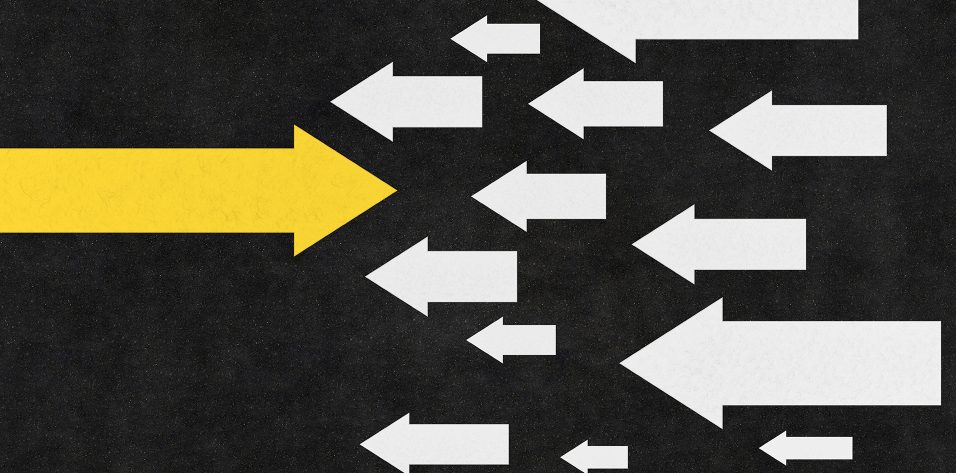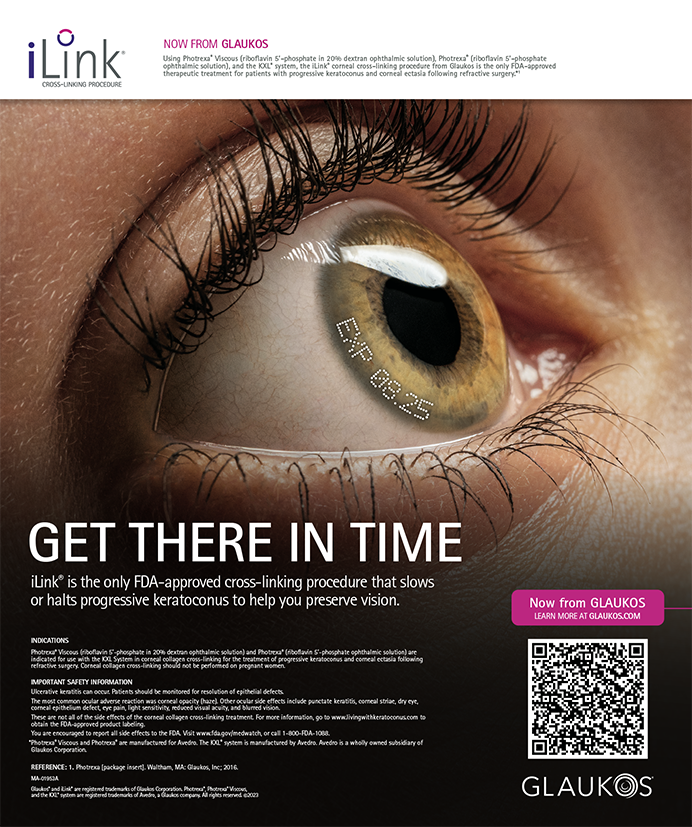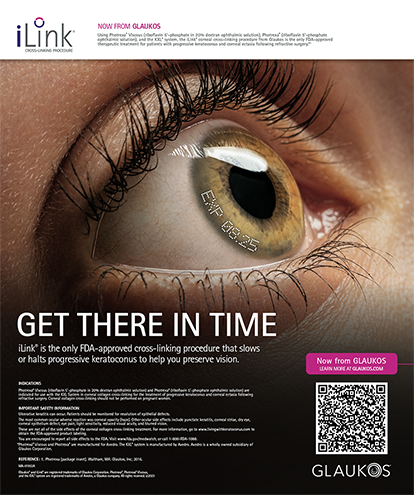This past month, my parents celebrated their 40th wedding anniversary. They decided that there was no better way to commemorate the milestone than to spend a week with their children and their children’s families. I am the eldest of three; my husband and I have two children (and one on the way), my sister and her husband have three children, and my brother and his wife are expecting their first in January.
So 13 of us traveled to Deep Creek Lake, Maryland, for a family vacation. My parents rented a house and a pontoon boat both large enough to accommodate all of us, with the idea that we’d spend the week boating, swimming, and relaxing with family. (When we were kids, my parents used to take us to a rustic cabin on Bob’s Lake in Ontario, Canada, every year, so this was a throwback to our childhood memories.) The week went by quickly, and I could see the joy on my parents’ faces as they watched us all interact together as a large family.
Weeks later, after everyone had already packed up and traveled home, I called my mom to catch up and find out how she had felt about the vacation. She was obviously delighted at the amount of togetherness that we had shared, but she also said the trip brought her new insights. That is, having us all together helped her to see us in our individual roles as parents, and she realized that we all brought a unique parenting style to the table. Things are so different in 2018 from how they were in the 1980s when she was raising her family, and watching us gave her a fresh perspective on parenting and the challenges we now face in raising our young families.
The objective of the current cover focus is kind of like what my mother realized after our family vacation. By examining popular health care models in today’s ophthalmic practices, it is our hope that you may rediscover some models that are being used today and explore how one or more of them could work for you. Every cataract and refractive surgery practice brings something unique to the table, and there is not one practice model that would work universally. But there is something to be said for taking the time to appreciate the advantages of each model and potentially apply them to your own practice as means to expand or promote growth.
Every now and then, it is nice to take a step back from your own daily grind and observe what is going on around you. Maybe it helps you by picking up a new practice tip or by establishing a point of view different from the one you are used to. Maybe it motivates you to make some big changes in the way you live or in the way that you practice medicine. Or maybe it just helps you to appreciate the variety of other lifestyles and practice styles out there. Anyway, as I see things, it’s a win-win.
Laura Straub
Editor-in-Chief




